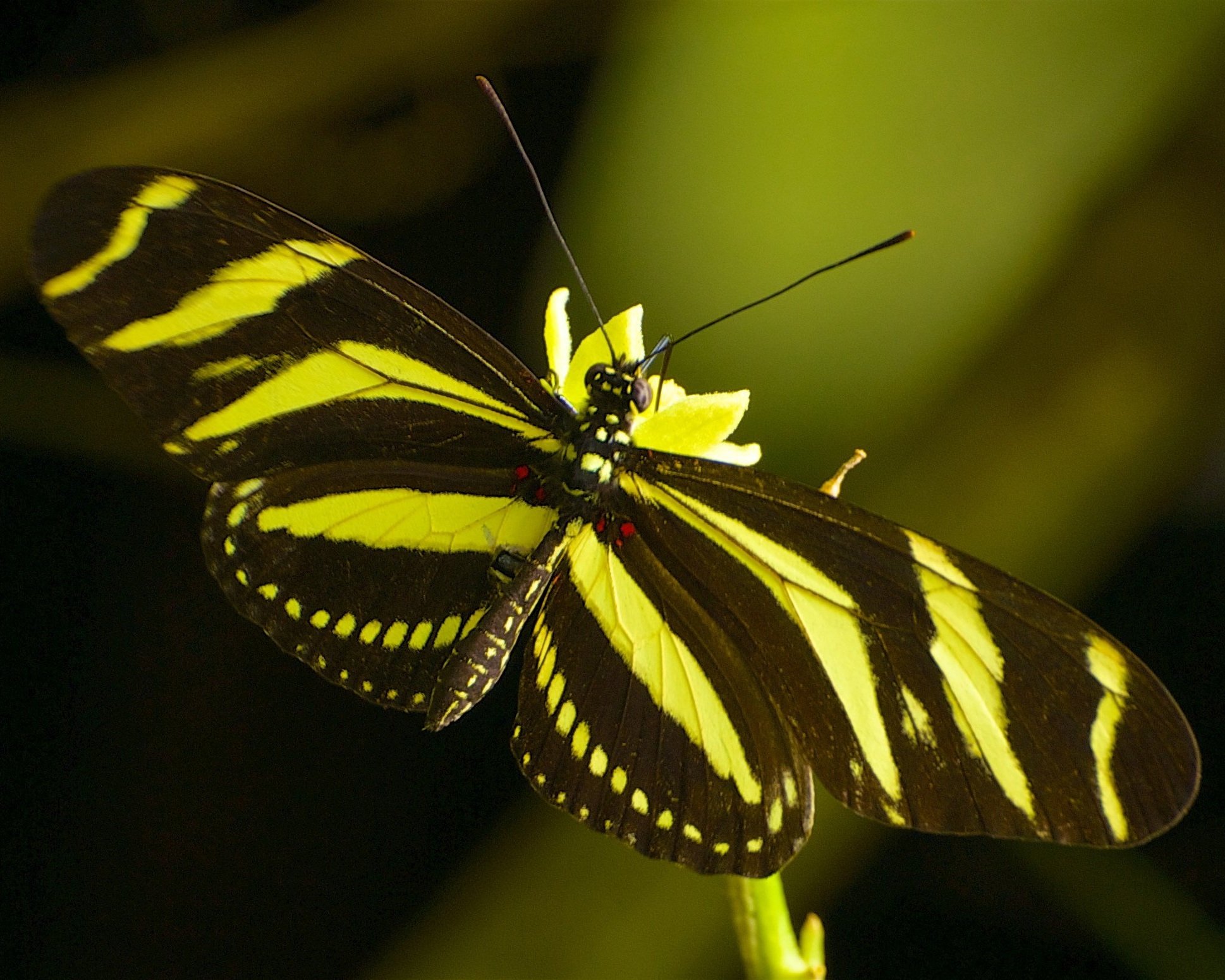On Land: Plants
Bromeliads
Bromeliaceae
Jumplinks:
About
Saba is home to a wide variety of bromeliads, from the sturdy, yellow-fruited Bromelia pinguin to the long-leaved, red-flowered Pitcairnia angustifolia. Bromeliads fall within the pineapple family, and many groups of bromeliads are native to the Caribbean. There are about 2,500 wild species, many of which have vibrantly colored leaves, flowers, and fruits. Some grow on the ground, but others are epiphytes (plants that grow on other plants, or on rocky outcroppings) with no need for true soil.
While they cling to other larger plants and trees, bromeliads don’t steal nutrients from their hosts. Instead, their small root systems are used as sturdy anchors, and they absorb water through their leaves. Among other bromeliads, you might spot cardinal airplants (Tillandsia fasciculata) growing across Saba with their slender, pale-green leaves and red blooms.
Tank bromeliads grow on Saba, too, and these large, thick-leaved plants are able to hold water in a reservoir, providing resources and mini-habitats to many other forest inhabitants. The largest tank bromeliads can hold up to two gallons of water! If you’re hiking Mount Scenery, keep an eye out for the bright red foliage of Guzmania spp., or the curved, light green leaves of Tillandsia utriculata — both are tank bromeliads that can host entire communities of tiny insects and other invertebrates within their leaves.
Bromeliads like these, and across the rest of the tropics, are key contributors to biodiversity. Small creatures may live their entire lives within bromeliad reservoirs, or larger animals may lay their eggs in pools within them so that their larvae develop in the safety of those sturdy leaves. Organisms passing by — whether birds, amphibians, mammals, or others — may pause to find food in bromeliads before continuing through the forest.
Of the thousands of bromeliad species in the world, nearly 150 are threatened, and 13 of those are critically endangered. As with many other tropical species, bromeliad’s habitats face degradation and loss, underscoring the urgency to protect these unique plants, and the tiny worlds within them.
Header image by Kai Wulf.
This species is:
Native
Why that matters:
Native species are those that evolved in the region naturally, without human influence. That means they’re specifically adapted to Saba’s habitat, and play a key role in island biodiversity. When we lose native species, gaps appear in the ecosystem. That leads to cascades of additional extinctions, and to the loss of the ecosystem services (food, clean air and water, flood and coastal protections, and more) that we humans rely on.
Credit: iNaturalist user @earthstephen (CC-BY-NC-SA).
iNaturalist Observations
Where locals, researchers, and visitors have seen this species.
Google / Imagery © 2023 CNES / Airbus, Landsat / Copernicus, Maxar Technologies, U.S. Geological Survey, iNaturalist Map data @2023
This map shows geotagged observations of this species made on iNaturalist, the world’s largest community-science platform.
iNat depends on people like you. By uploading photos of species you see in the wild, you can easily learn more about them — while also contributing critical data used by scientists and conservation-managers around the globe.
See something odd?
Observations of land species in water:
Connectivity can affect how accurate location services are, and in the case of endangered species, location is often automatically obscured.Missing observations:
Your help is needed to collect more data for this species!
Ask a Scientist
Question: What role do bromeliads play in their ecosystems?
Answer: Found throughout the neotropics, bromeliads can serve as vital microhabitats for other species, especially during periods of drought. The interlocking and water-capturing leaves of tank bromeliads can be a source of water and habitat for amphibians, invertebrates, and many other species. When flowering, many bromeliads are also attractive to both butterfly and bird pollinators.
Tim Wong
Sr. biologist at Steinhart Aquarium, California Academy of Sciences
Related Content
Sandy Cruz Trail
Hike
Saba’s butterflies
In the Air: Butterflies









